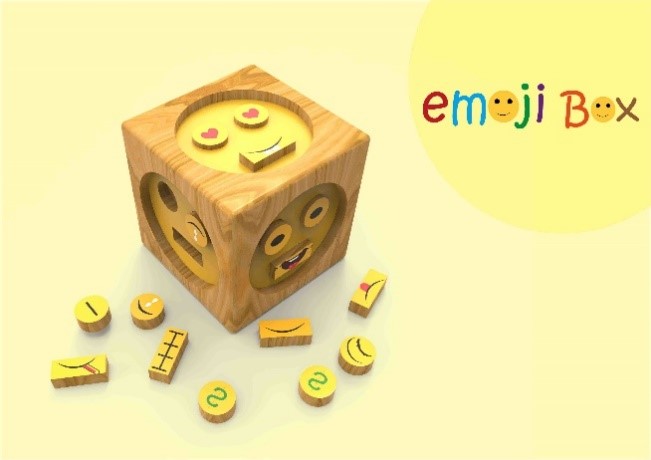Design as a key tool to achieve gender equality.
##plugins.themes.bootstrap3.article.main##
Abstract
The article presents the achievements in the optional subject Gender Identity and Design, proposed to be taught in the Industrial Design career of the Higher Institute of Design (ISDi). The main objective of the article was framed in presenting the results in the search for design proposals for toys and games created by students, and focused on gender equality as a basis for achieving a peaceful, prosperous and sustainable world. For this matter, theoretical and empirical methods were used, as well as research techniques such as audiovisual projections to promote debates. The main results obtained highlight that the students appropriated knowledge about the subject of gender and gender identity, expressing it through novel and interesting design proposals regarding toys and games without gender stereotypes, which contributes to broadening their culture, and positions them as fundamental actors in the creative process and change of traditional ways of thinking. Likewise, the students managed to become aware of these issues and to raise awareness of the need to make toys and games more diverse, and at the same time more inclusive. All this reinforces their formation in values such as cooperation, responsibility, respect and solidarity.
##plugins.themes.bootstrap3.article.details##

This work is licensed under a Creative Commons Attribution-NonCommercial-ShareAlike 4.0 International License.
- Attribution — You must give appropriate credit , provide a link to the license, and indicate if changes were made . You may do so in any reasonable manner, but not in any way that suggests the licensor endorses you or your use.
- NonCommercial — You may not use the material for commercial purposes .
- No additional restrictions — You may not apply legal terms or technological measures that legally restrict others from doing anything the license permits.
- ShareAlike — If you remix, transform, or build upon the material, you must distribute your contribution under the same license as the original. NOTE: This point applies to numbers 1 to 20 of the magazine with the previous CC-BY-NC-SA 4.0 license. Does not apply to the new CC BY-NC 4.0 license from Volume 11, Number. 21 (2024).
References
Costa, J. (2014). Diseño de Comunicación Visual: el nuevo paradigma. Expertia. 2 (4), 89-107.
González, G., González, M. & Bendicho, M. (2014). Extensión universitaria: el arte de promover cultura. En R. Alarcón (Presidencia), 9º Congreso Internacional de Educación Superior Universidad 2014. Curso llevado a cabo en el 9º Congreso Internacional de Educación Superior Universidad 2014, La Habana, Cuba.
World Health Organization. (2016). Gender, equity and human rights. Recuperado de http://www.who.int/gender-equity-rights/understanding/gender-definition/en/
Organización de las Naciones Unidas. ONUMujeres. (2013). Elementos esenciales de planificación para la eliminación contra la violencia de mujeres y niñas. Recuperado de http://www.endvawnow.org/uploads/modules/pdf/1372349315.pdf
Organización de las Naciones Unidas. (2015). Violencia homofóbica y transfóbica. Recuperado de https://www.unfe.org/system/unfe-22-UN_Fact_Sheets_-_Spanish_v1d.pdf






















